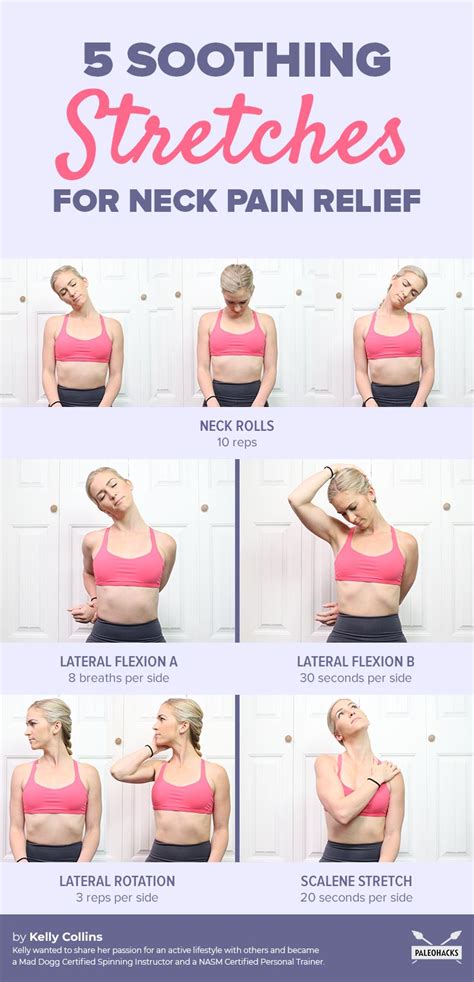How To Reduce Neck Strain: A Comprehensive Guide
Neck strain, also known as cervicalgia, is a common ailment affecting millions. The persistent ache, stiffness, and limited range of motion can significantly impact daily life. This comprehensive guide explores effective strategies to reduce neck strain and prevent future occurrences.
Understanding Neck Strain
Before diving into solutions, it's crucial to understand the root causes. Neck strain often stems from:
- Poor Posture: Slouching, hunching over computers, or using phones with your head tilted forward puts immense pressure on your neck muscles.
- Stress: Muscle tension from stress contributes significantly to neck pain.
- Repetitive Movements: Activities involving repetitive neck movements, such as typing or driving for extended periods, can lead to strain.
- Sudden Injuries: Whiplash from car accidents or sports injuries are common causes of acute neck strain.
- Underlying Medical Conditions: In some cases, neck pain can be a symptom of arthritis, degenerative disc disease, or other conditions.
Effective Strategies to Reduce Neck Strain
Addressing neck strain requires a multifaceted approach encompassing lifestyle changes, exercises, and potentially, professional help.
1. Improve Your Posture
Strong posture is paramount. Here's how to improve yours:
- Be Mindful: Regularly check your posture throughout the day. Are your shoulders relaxed? Is your head aligned with your spine?
- Ergonomic Workspace: Ensure your desk, chair, and computer monitor are ergonomically positioned to promote proper posture.
- Strengthen Your Core: A strong core supports your spine, reducing strain on your neck. Incorporate core strengthening exercises into your routine.
2. Gentle Stretching and Exercises
Regular stretching and exercise can significantly alleviate neck strain. Remember to consult your doctor or physical therapist before starting any new exercise program.
- Neck Rotations: Gently rotate your neck clockwise and counterclockwise.
- Neck Tilts: Slowly tilt your head to each side, holding for a few seconds.
- Chin Tucks: Gently pull your chin towards your chest, holding for a few seconds.
- Shoulder Rolls: Roll your shoulders forward and backward.
- Yoga and Pilates: These practices focus on improving flexibility and strength, benefiting neck health.
3. Manage Stress
Stress contributes significantly to muscle tension. Explore stress-reducing techniques:
- Mindfulness and Meditation: Regular practice can reduce stress hormones and promote relaxation.
- Deep Breathing Exercises: Deep, slow breaths can help calm your nervous system.
- Yoga and Tai Chi: Gentle movement and focused breathing can help alleviate stress.
4. Apply Heat or Ice
- Heat: Applying heat can help relax tight muscles and ease pain. Use a heating pad or warm compress for 15-20 minutes at a time.
- Ice: Ice can reduce inflammation and numb pain, especially in the case of acute injuries. Apply ice packs for 15-20 minutes at a time, several times a day.
5. Over-the-Counter Pain Relief
Over-the-counter pain relievers, such as ibuprofen or acetaminophen, can help manage pain and inflammation. Always follow the recommended dosage.
6. When to Seek Professional Help
If your neck pain is severe, persistent, or accompanied by other symptoms like numbness, tingling, or weakness, seek professional help immediately. A doctor or physical therapist can diagnose the underlying cause and recommend appropriate treatment.
Preventing Future Neck Strain
Prevention is key! Incorporate these habits into your daily life:
- Maintain good posture: This is the cornerstone of neck health.
- Regular exercise: Strengthen your neck and shoulder muscles.
- Manage stress: Find healthy ways to cope with stress.
- Ergonomic setup: Ensure your workspace is designed to support good posture.
- Take breaks: Regular breaks are crucial, especially if you spend long hours sitting at a desk.
By following these tips and adopting a proactive approach, you can effectively reduce neck strain and enjoy a pain-free life. Remember, consistency is key. Start slowly, be patient, and listen to your body.
